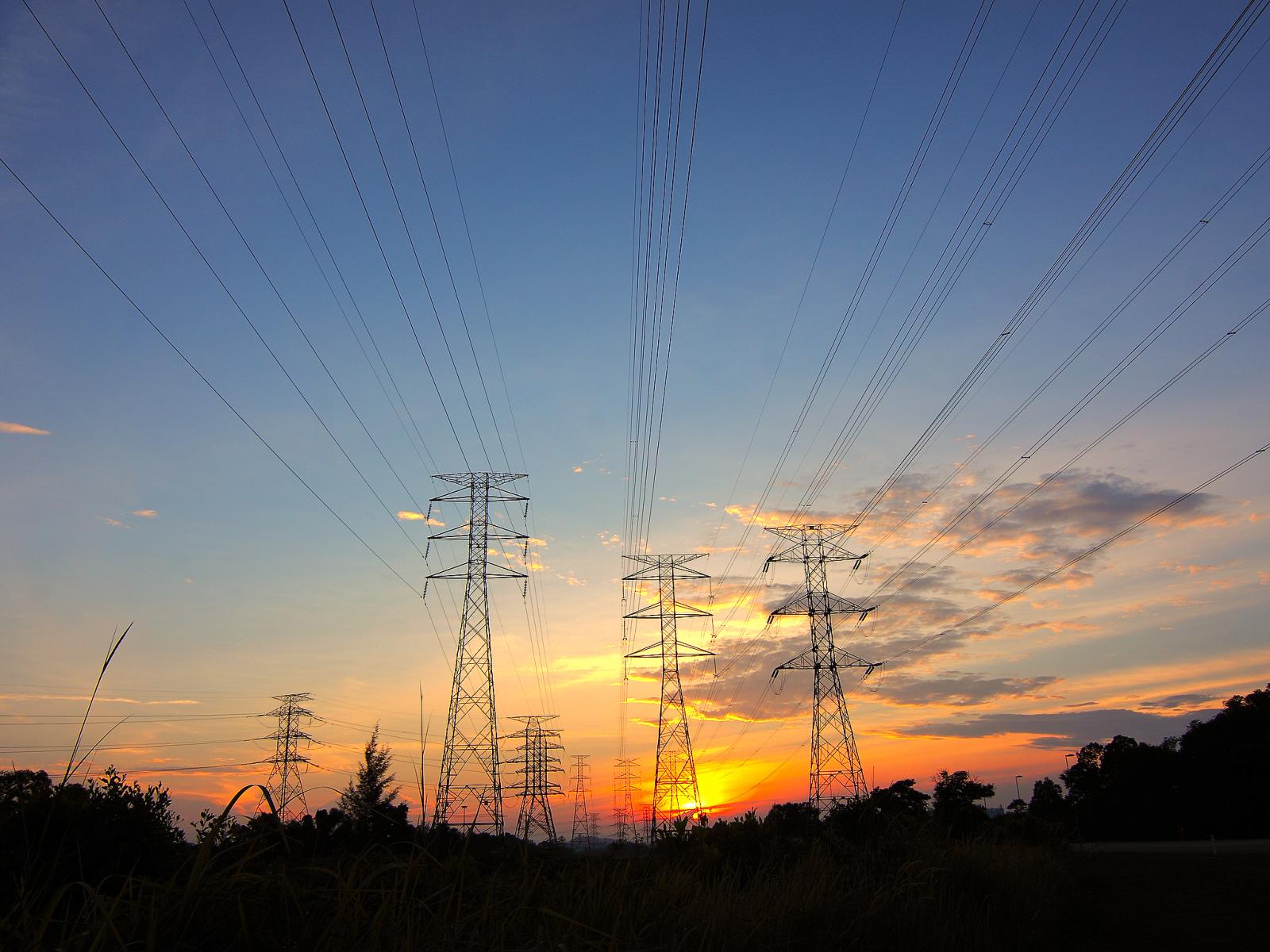Generating Hourly Electricity Load Profiles for Resilient Grid Planning
A new model uses machine learning to project electricity loads across the United States
The Science
The Total ELectricity Load (TELL) model was created to simulate future U.S. electricity demand at spatial and temporal scales useful for energy system planning and operations. The model fills a gap in current capabilities because it simultaneously addresses the impacts of changes in climate, population, and economic factors on future demand. The TELL model is important because it can help planners and policymakers prepare for future changes in electricity demand and make decisions about electric grid investments to improve resilience.
The Impact
The electricity demand projections from the TELL model help energy system planners and operators better understand and plan for the resilience of the U.S. electricity system as it provides load projections that are responsive to compounding human and natural stressors. It also has sufficient spatial and temporal resolution for grid stress modeling. TELL is unique in its ability to blend aspects of short- and long-term load projections as well as in its spatial component that allows for the distribution of projected loads within a high-resolution grid operations model. Additionally, TELL is based entirely on publicly available, open data and was released as an extensively documented open-source code base, allowing for easy reuse by others.
Summary
The TELL model generates profiles of hourly electricity load demand across the conterminous United States (CONUS) in response to climate and socioeconomic changes. It uses a machine learning approach to ensure that its hourly projections are responsive to weather patterns and population. It then harmonizes those results with state-level, annual load projections from a national to global scale energy-economy model. The model is unique in its ability to distribute projected loads spatially and to flexibly aggregate its output for use in grid operations models. TELL is based entirely on publicly available data and is designed for the 54 balancing authorities in CONUS. The model provides 8,760-hour time-series of total electricity demand at the county, state, and balancing authority scale that are conceptually and quantitatively consistent. TELL can be accessed via its GitHub repository, and its user guide provides more details on its formulation and intended purpose.
PNNL Contact
Jennie Rice, Pacific Northwest National Laboratory, jennie.rice@pnnl.gov
Funding
This research was supported by the Department of Energy, Office of Science, as part of research in MultiSector Dynamics, Earth and Environmental System Modeling Program.
Published: May 1, 2023
McGrath et al. 2022. "tell: a Python package to model future total electricity loads in the United States." Journal of Open Source Software, 7(79), 4472. [DOI: 10.21105/joss.04472]
